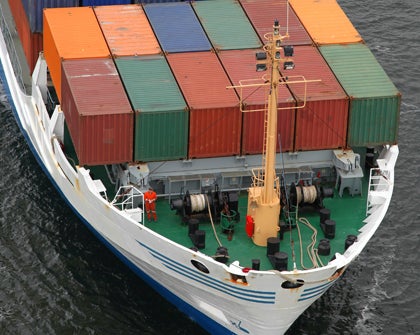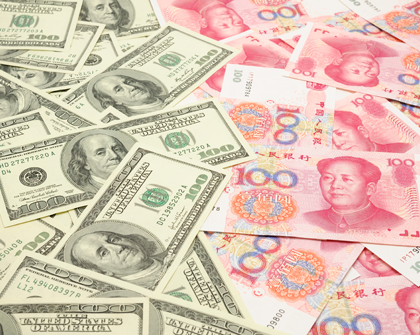Following the completion of the necessary legal processes, the Free Trade Agreement (FTA) between Chile and Thailand (in Spanish) came into force on November, 2015. This is the fourth FTA that Chile has signed with economies of the Association of Southeast Asian Nations (ASEAN). Noteworthy features of the agreement include the fact that it does not exclude any product from the tariff universe and that it includes trade in services and financial services, while at the same time establishing a commitment to start negotiations for a chapter on investment in two years’ time. It also includes disciplines such as technical barriers to trade (TBT), rules of origin, environmental and labor issues, public procurement, and sanitary and phytosanitary measures (SPS).
The agreement implies the immediate elimination of tariffs on more than 90% of bilateral trade. Now that the agreement has entered into force, the most noteworthy of the goods that Chile will be able to export to Thailand duty-free include copper cathodes, molybdenum concentrates, lithium carbonate, automobile gearboxes, wood products, paper and paperboard, and a variety of foods, such as avocados, poultry, pork, and condensed milk.
Among the Thai products that will enter Chile duty-free are oil, natural gas, vans, cars, canned tuna, digital cameras, and tinned pineapple.
Chile exported US$289 million to Thailand in 2014,[1] mainly copper cathodes and ores, chemical wood pulp, and frozen fish, among others.
In turn, Chile imported US$526 million from Thailand, notably vans, passenger cars, prepared or preserved fish, and television reception apparatuses.
[1] Source: DataINTAL.




